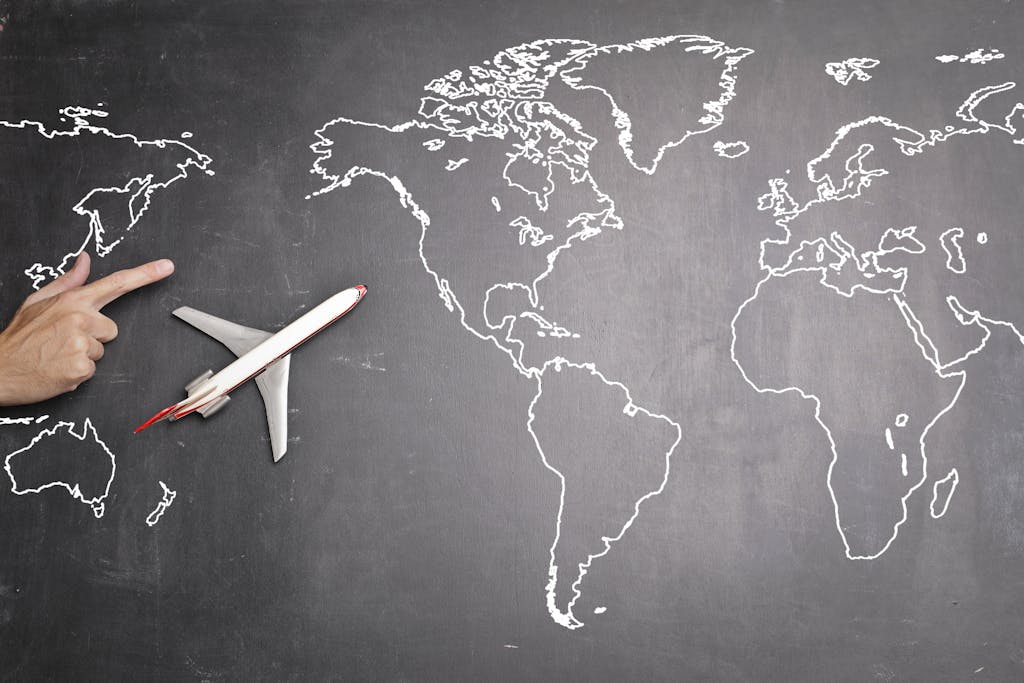
Consumer Connections Series: Summer Vacation + Travel – 5 Key Takeaways
Filed Under: Best Practices, Market Research, Tech, Media & Telecom, Technology, Travel & Tourism
Nancy Baum
Vice President, In-Person Qualitative Research
To download the summary report, fill out the form below.
On August 5, 2020, we hosted our seventh Consumer Connections Panel to take a pulse on consumers’ evolving attitudes and behaviors during the coronavirus pandemic. In this latest session, we focused on how the pandemic has shifted their travel and summer plans this year. In addition, we completed a survey at the same time with 300 additional consumers to better understand the magnitude of these shifts and changes.
Here are five takeaways of what we learned.
1. Emotionally, there’s a collective understanding that everyone’s summer is atypical, so there is a greater level of acceptance in this new version of summertime.
Consumers are finding ways to use these lemons of COVID-19 to make lemonade. They seem to be making the best of the fact that they’ve had to cancel major plans because everyone’s in the same boat—and at least we can all get outside right now vs. the coopedup feelings experienced at the start of the pandemic. And, as the cases and deaths from COVID-19 have continued to climb, these annoyances of canceled plans are put into perspective.
“It’s not what you have to deal with it’s how you deal with it. Put everything in proper perspective. The most traumatic thing is no internet access, but you put it in perspective, and is that really as terrible as all the people dying and being shut down?”
2. Despite the travel industry taking many measures to improve the health and safety of their staff and customers, there is still much hesitation in taking more extensive trips or vacations.
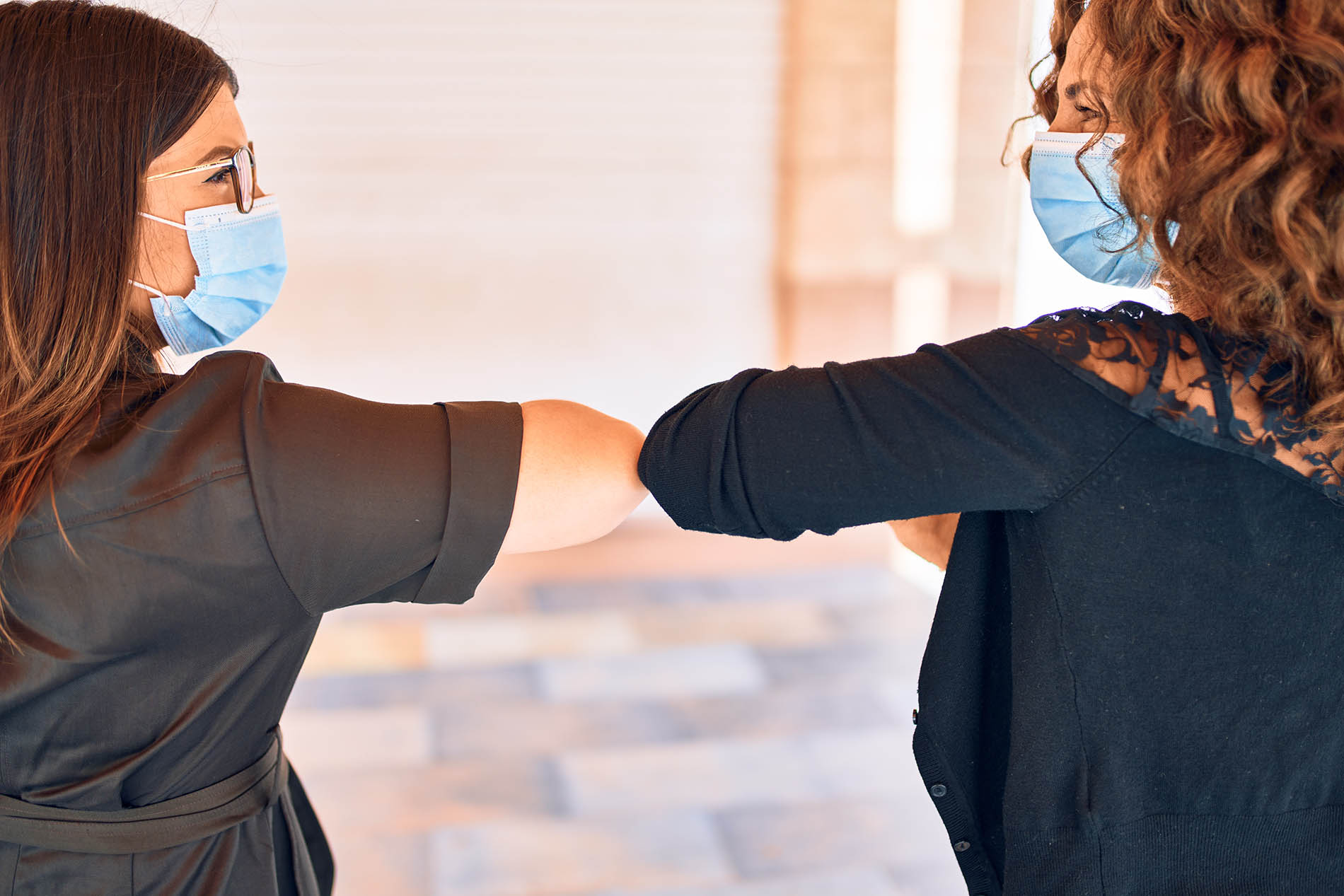
Many look to future trips with looming uncertainty, as these plans may still be pending. Consumers look ahead to already oncepostponed weddings, birthdays, and vacations coming up later this year and are unsure what the future holds. They do not feel comfortable getting on a plane, staying in a hotel, or going to a theme park right now. These are seen as the riskiest situations to put themselves in, given the close contact with others. Some feel that companies (especially airlines) haven’t done enough to keep people safe, and some do not trust others to take proper precautions.
“And even though masks are required, you see people all the time taking their masks off on planes. Even very prominent people have been in the media for not wearing a mask on a plane for whatever reason. It makes me very nervous even if it was safe; I’d be way too nervous to fly. All it takes is one person not following the rules for you to get sick, and that’s too many for me.”
Most would need more extreme policies and mandates in place to feel comfortable. Furthermore, some think that taking a vacation during this pandemic would impact their ability to enjoy themselves. More than half of consumers surveyed would need the following to feel safe traveling: masks mandates are strictly enforced, social distancing in-flight (limited seating) is guaranteed, the risk of COVID-19 is lower at the desired destination, or a drastic reduction in new cases. Additionally, 42% will not feel safe until there is a vaccine widely available.
“Try telling an eight-year-old that his birthday trip has been canceled, and he’s been waiting for a year for this day. He does understand what’s going on, and he was online, and he was like, “Well, they’re opening back up.” In my mind, I’m like, “Yeah, but do you really want to be at a park all day with a mask on and trying to get on rides and doing stuff? You really can’t enjoy yourself.”
So, until there’s really a vaccine, my travel back home is going to be limited to if I can make the drive; but, other than that, I’m just going to stay put.”
3. Consumers still want to get out of the house, though. They’re sick of being cooped up at home, but not many are spending the night away from home.
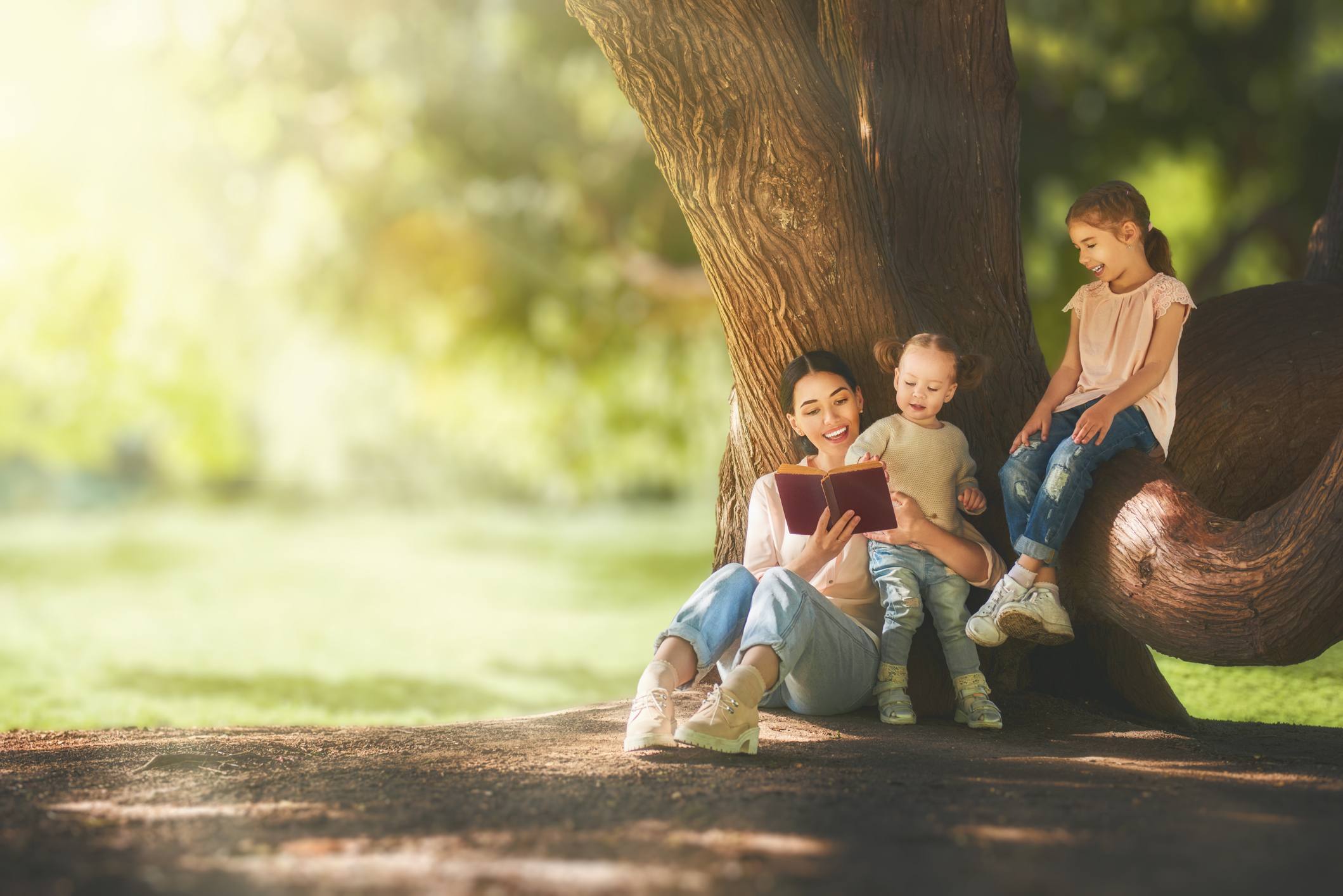
Outdoor recreation has been the primary focus to keep the summer safe, fun, and relaxing. Eighty percent (80%) have traveled to some extent. However, only 25% are spending the night away from home. Camping and short-term rentals are becoming viable alternatives to staying in hotels, as 15% report having stayed in hotels this summer, but 8% and 9% report staying in a short-term rental or camping, respectively. They are visiting nearby trails, forest preserves, and parks more. In order to get out of the house, get exercise, and relax, consumers are frequenting outdoor spaces away from home. This gives them a much-needed change of scenery and is seen as a safe, relatively private space vs. other public, indoor settings.
“We have a state park within walking distance from our house, so it’s been great because it’s outside, and, in most cases, it’s very spacious. You can keep your distance. So, we’ve been really thankful to have that—the space to be able to still do things outside. We both bought bikes so we can go biking.”
Some are camping more and buying products to make these trips more comfortable. Camping is the one vacation that checks all the boxes for ensuring health and safety. It can be done without making contact with others outside of one’s household. In many regions of the country, consumers have multiple options within a short drive from their home. One in twenty-five has splurged on a camper to make these trips a little more comfortable.
“A camper wasn’t on our mind at the beginning of the year. We planned for sports. That shut down, and we said, where can we go? NY has a lot of campgrounds. If you have a camper, those [places] are open for you. If you have your own bubble, they’re open for you. It made sense.”
4. Others are making the home their haven.
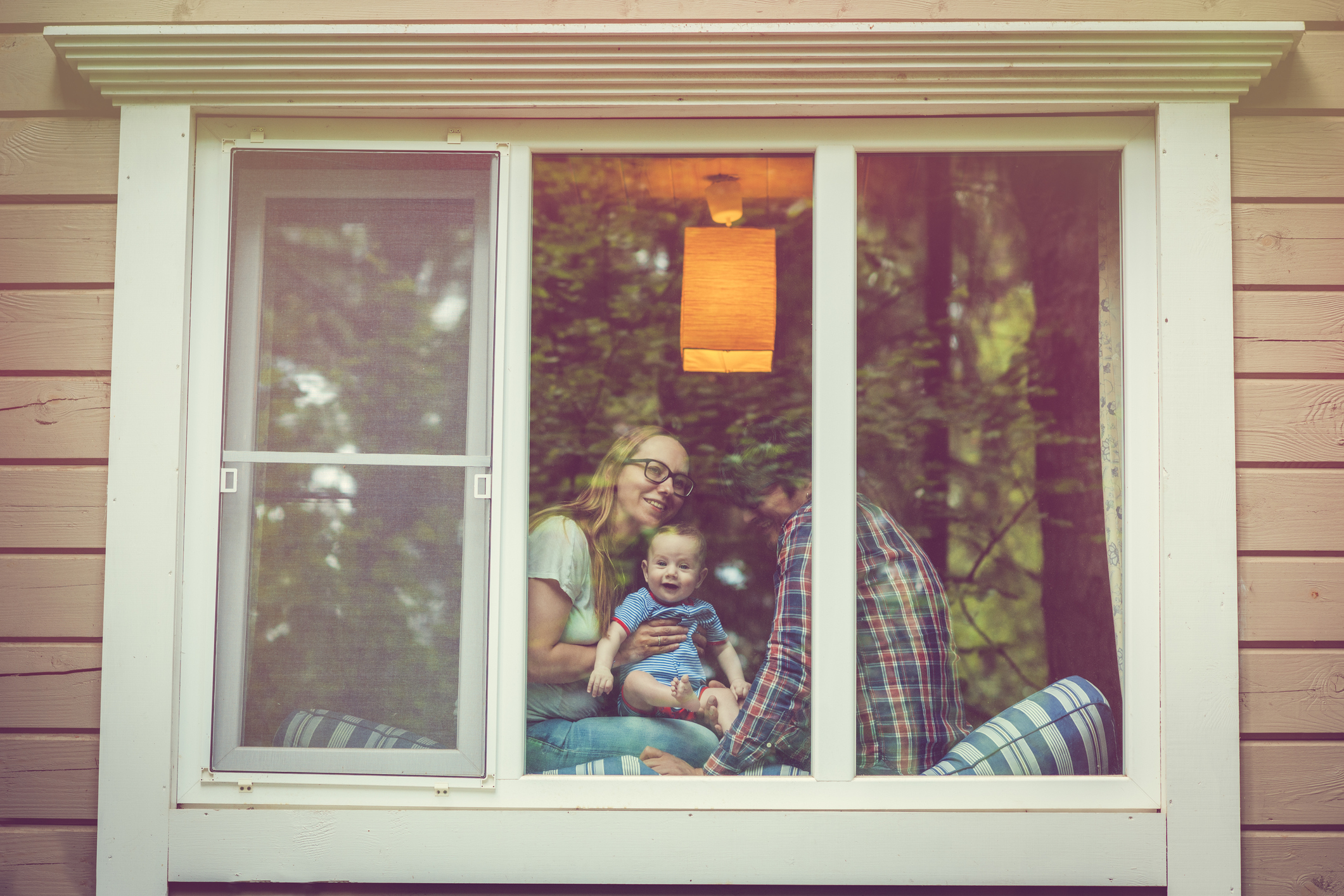
We’ve heard consumers say that there is a renewed focus on the family unit. And consumers with kids are more likely to invest in recreational products that make being at home more fun versus consumers without kids (37% vs. 15%, respectively). Others are taking on projects that make their yards more of an oasis so they can enjoy their outdoor time at home even more. They are buying new patio furniture, making landscape improvements, and even installing a pool.
“…We’ve been creative with Amazon actually. Instead of buying a major purchase, per se, we’ve been buying multiple smaller purchases, and just creating a more fun environment in the backyard [for our son]…Anything to do with sporting equipment, just to get him warmed up to baseball, a little basketball hoop, a soccer goal. There’s a little obstacle course kind of thing we set up for him. We did a lot of work on my backyard where I put some new furniture and some pads and a mister. So, we have a TV out there. I smoke cigars, so it’s good place to sit out there…it’s been phenomenal.”
5. Restaurants and entertainment outside of the home is another area of uneasiness, so consumers are trying to recreate the elements of this experience they miss most at home.
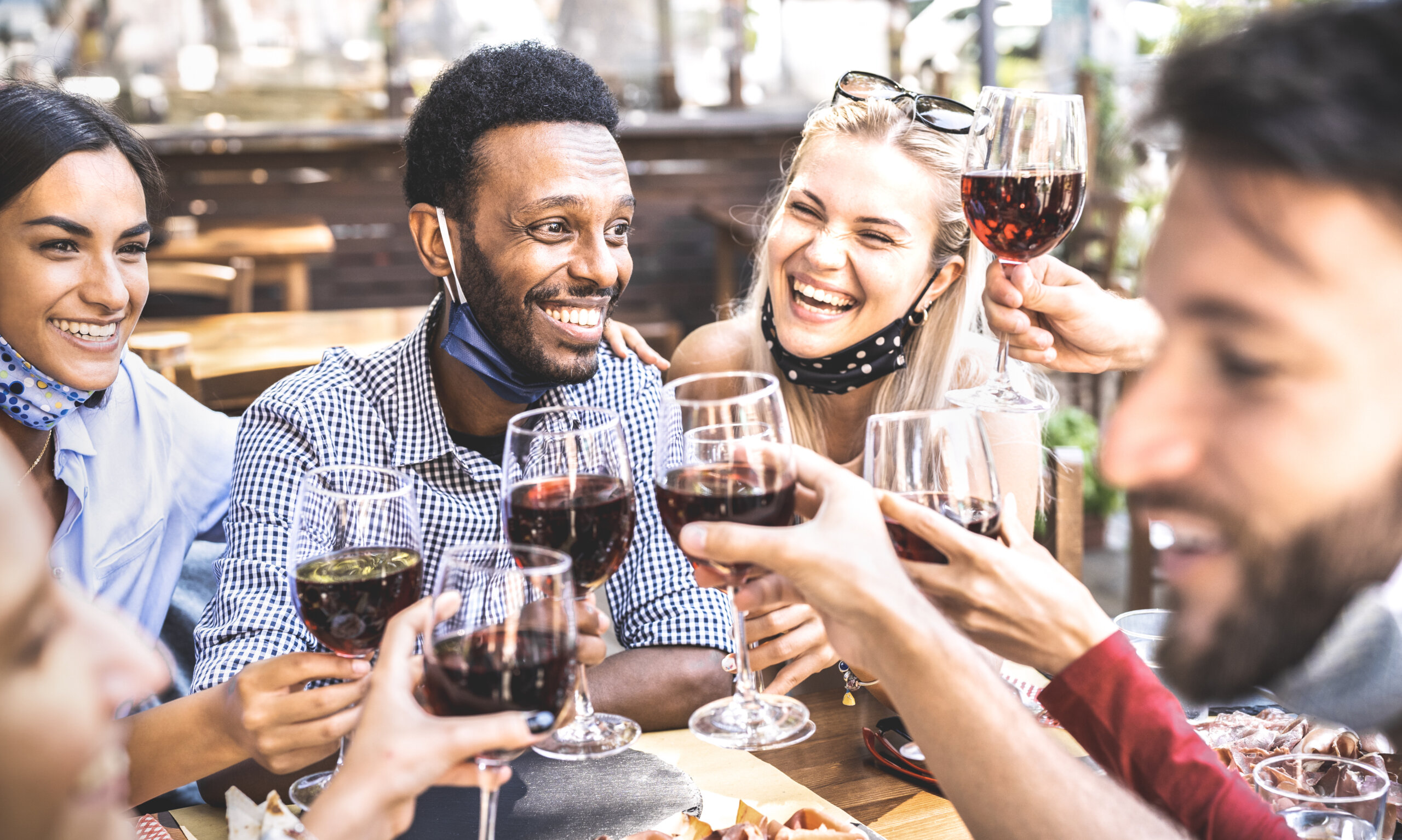
Consumers are trying to recreate some sense of normalcy to keep a lifeline to what once was. Consumers love that travel and dining out provides them with the chance to experience something new, enjoy different food, be with friends, not have to cook or clean up, and just get out of the house. While over three-quarters (77%) are still not totally comfortable with the idea of in-restaurant dining, they are getting their fix in other ways. They are “DoorDashing to death” by ordering takeout and delivery from their favorite restaurants, 40% have recreated experiences in some way (through food, drinks, or experiences), and one-third are branching out and cooking new recipes.
“My middle one is probably DoorDashed to death because he eats all day that type of thing…he has to have his little stuff, so he’ll do DoorDash. But, other than that, for us to go out, no, I am not comfortable with that at all.
We love baseball…Now that we live within travel distance from three different baseball stadiums, we were like, “We’re going to go to baseball games every week. We’re going to have so much fun.” And now that’s not possible. So, we have been kind of reconciling that by just watching an extreme amount of sports. We’ll have three games going at once. We’ll put one on our TV, one on a laptop, one on the iPad, and we’ll be following all the different ones.
We made our own deep-dish pizza. I tried to make our own Italian beef sandwich, because I always have Portillo’s shipped here, so that’s been really difficult trying to recreate that taste. I just can’t get it.”
C+R’s Take
- Acknowledge their current fears with travel and experiences outside of the home. While consumers have come to terms with and accepted the reality of life in 2020, there is still a lot of fear. Provide reassurances of safety and precautions taken to make consumers feel more comfortable venturing out of the home and engaging with your brand or service.
- Draw them in locally: Since many consumers have difficulty seeing the light at the end of their “no-travel” tunnel, look for ways to provide them with local experiences that provide some of the emotional benefits they achieve in traveling.
- Provide solutions to help them maintain their fun at home once summer is over. In a few short months, consumers in many parts of the country will not be able to swim in their pools, play all day in the backyard, or go camping. Help them discover new solutions to proactively combat any looming cabin fever they may experience later this year. What other ways can you help them continue to make their home a haven? What type of entertainment and relaxation can satisfy them as the weather turns cold
Curious to hear more? Click here for the full recording of the panel discussion.
explore featured
Case studies

